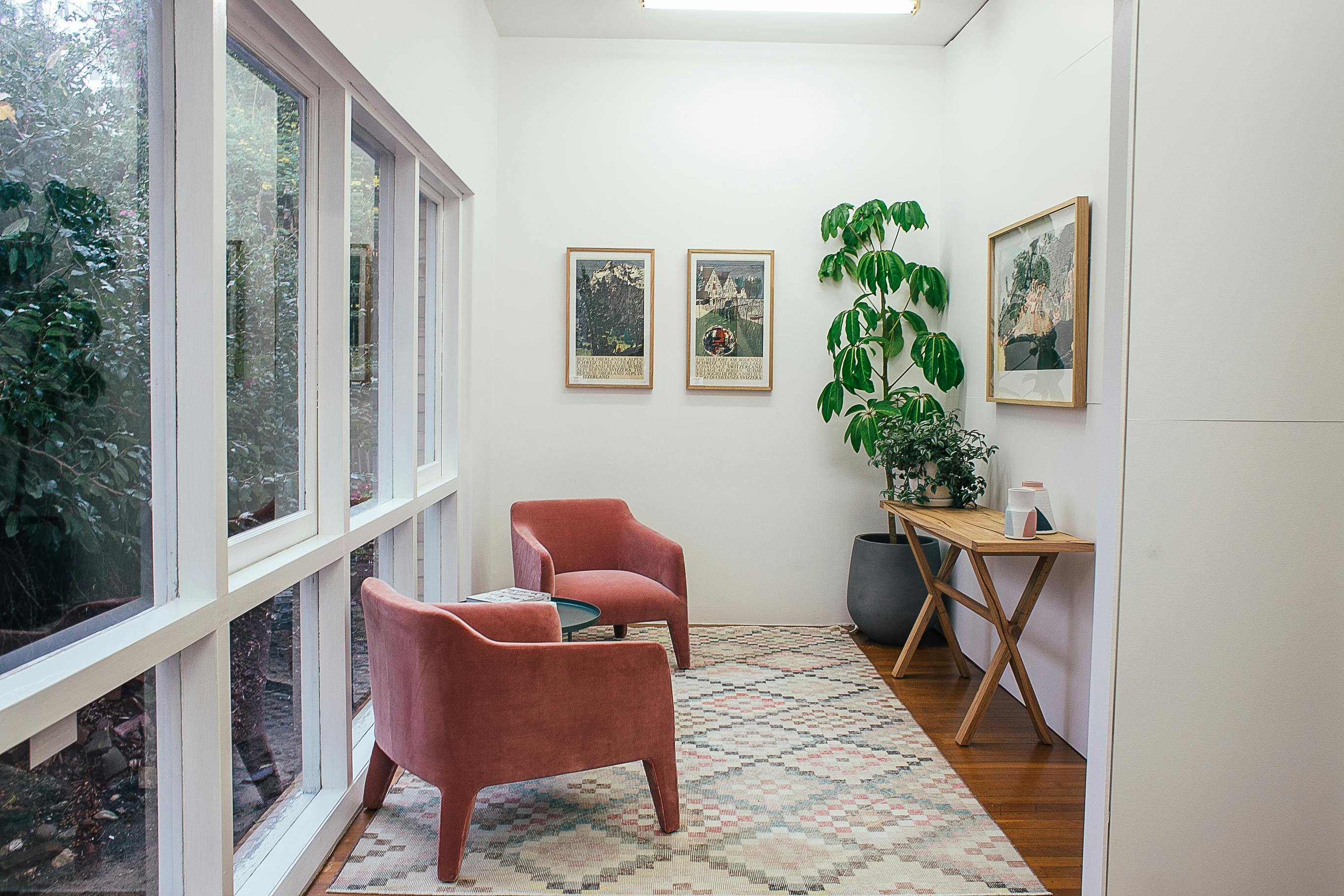The Kasubi Tombs, traditionally known as Muzibu-Azaala-Mpanga, a religious site in the Buganda kingdom are located on a hill within Kampala-Uganda. The tombs are a burial place for the four former Buganda kings traditionally known as Kabakas, and are located five kilometers from the city center of Kampala on the Kasubi Hill. Historically, Buganda Kabaka has always built his palaces on strategic hills to find easy ways to escape during an invasion and to control the main roads leading to the palace.
The Baganda belong to the Bantu-speaking people, one of the ethnic groups in Uganda. According to tradition, the first Kabaka of Buganda was Kintu, who is said to have come with his wife Nambi. It is said that Kabaka Kintu did not die, but disappeared in a forest in Magonga.
The Kasubi Tombs are one of the royal cemeteries / tombs of the Buganda Kabakas, and the site is an example of traditional Ganda architecture and living traditions. The palace was built by Kabaka Mutesa 1 in 1882 and according to the culture, each king was supposed to be buried in a separate site when he died and a royal shrine to house his jaw, which was believed to contain his spirit, would be established in other. site. Mutesa 1 was the thirty-fifth king of Buganda (1856-1884) and the first king to be buried in his old palace (the Tombs) at Kasubi without removing his jaw. Mwanga II, who succeeded his father Mutesa in 1884, was the second king to be buried in the Tombs after his remains were brought from exile (Seychelles) in 1910. His son Daudi Chwa II succeeded him at the age of a year in 1896 and ruled until his death in 1939. He too was buried in the Tombs. Daudi Chwa II was succeeded by his son Edward Mutesa II and the then governor of the Ugandan protectorate. He died in 1966 in exile (London) and his remains were returned and buried in the Tombs in 1971.
The Kasubi Tombs are an important burial site for the Buganda Kabakas because ancient traditions were broken on the site when the Kabakas were buried together. Every prince and princess who is a descendant of the four Kabakas is also buried in Kasubi behind the main shrine. The site is important as a cemetery for the royalty of the Buganda kingdom.
The tombs include the Bujjabukula (Gatehouse) a beautifully constructed gate, which is the entrance to the site. It is built with wooden columns and a wall of woven wooden reeds, the door leads to a small courtyard with a circular house of the royal drums (Ndoga-obukaba) where the drums are kept. In the main courtyard, there are several houses built for the kabaka’s widows and other ritual purposes.
In Kasubi and all other royal tombs, there is an area behind a back cloth curtain known as the kibira (forest) where the Royal Tombs of the kabakas are and where certain royal ceremonies such as the new moon ceremony and consultations are performed. of the mediums. . In front of the curtain, there are raised platforms that correspond to the position of each kabaka tomb behind the curtain. Entrance to the “secret forest” is limited only to the widows of the Kabakas, the royal family, the Prime Minister of Buganda (katikkiro) and the Nalinya (official sister of kabakas).
The Kasubi Tombs are adorned with royal insignia such as spears, drums, medals, photographs, and shields of the kabakas buried there. The traditionally popular backdrop for clothing is a fabric made from the soft back of a fig tree (Ficus natalensis) and is of great ritual significance to the people of Uganda. The roofing of the roof is done by members of the Ngeye clan (clan of the colobus monkeys) and the decorators of the poles are from the Leopard clan, who are the only people authorized to carry out this work. believed to cause leaks. Similarly, Thatchers are not supposed to have sex during the straw period.
Baganda cultures can also be experienced at sites like Katereke Prison, where the king imprisoned his brothers in a trench. Naggalabi crowning place, Buddo, where Buganda kabakas have been crowned for the past 700 years. Wamala Tomb the secret burial place of Kabaka Suuna II (1836-1856) who had 148 wives and 218 children. Namasole Kanyange Tombs where Kabaka Suuna II’s mother was buried. Ssezibwa falls at a spiritual place for the Baagalayaze Nnamasole Kings and Tombs where Kabaka Mwanga II’s mother was buried.
The magnificent features of the Kasubi tombs represent the rich traditions and heritage of the Baganda people. People believe that the death of each person has a spiritual origin and there is interaction between the living and the dead. Baganda cultures are found in the Magnificent Tombs, where the bodies and spirits of their ancestors, rulers, and traditions are found to this day.
